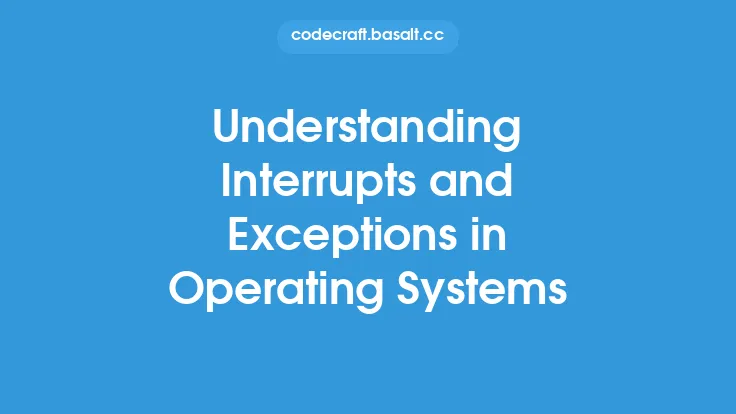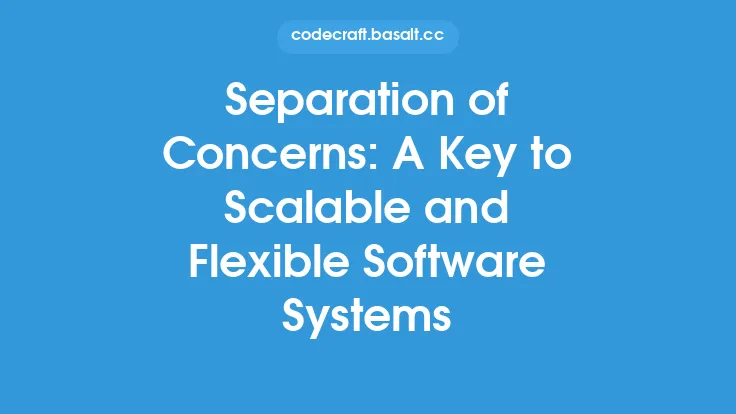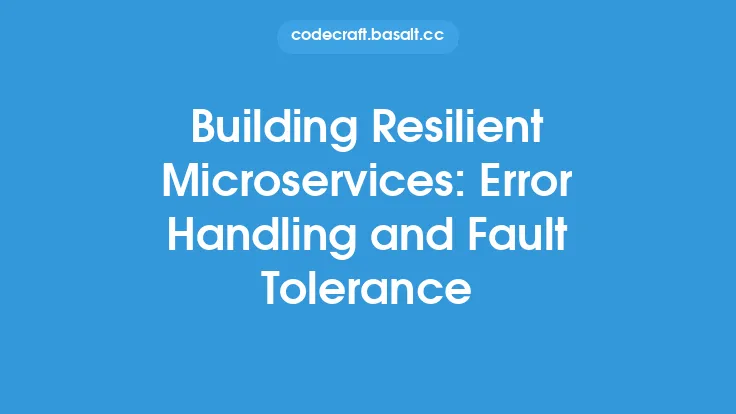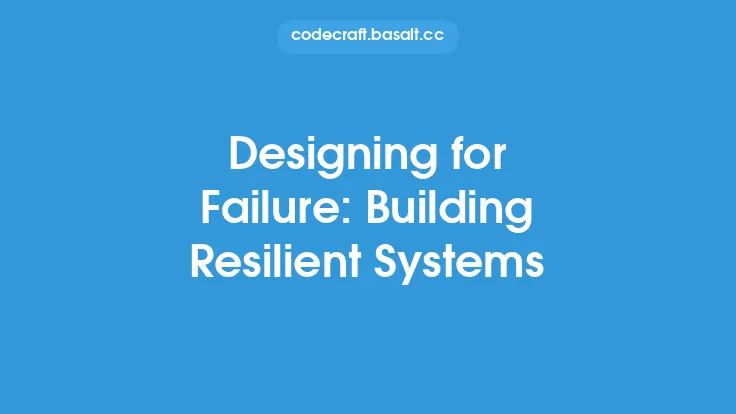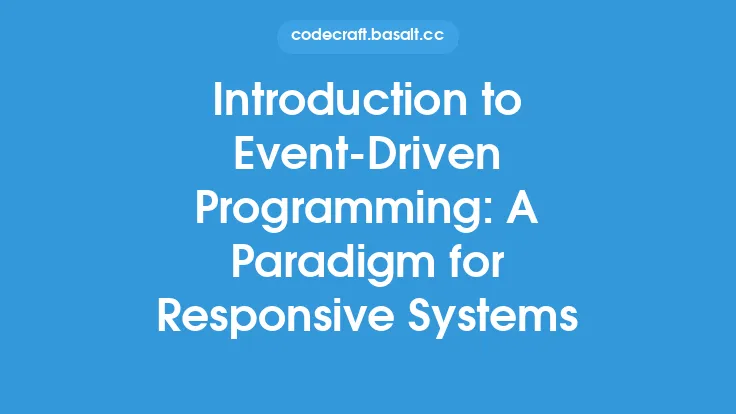Building fault-tolerant systems is a critical aspect of operating system design, as it ensures that the system can recover from errors and exceptions, and continue to function correctly. At the heart of fault-tolerant systems are exceptions and interrupts, which are events that occur during the execution of a program, and require immediate attention from the operating system. In this article, we will delve into the world of exceptions and interrupts, and explore how they are used to build fault-tolerant systems.
Introduction to Exceptions
Exceptions are events that occur during the execution of a program, and are typically caused by errors or unexpected conditions. They can be synchronous, meaning that they occur as a result of the program's execution, or asynchronous, meaning that they occur independently of the program's execution. Examples of exceptions include division by zero, page faults, and invalid memory accesses. When an exception occurs, the operating system must take control of the program's execution, and handle the exception in a way that ensures the system remains stable and secure.
Interrupts and Their Role in Fault-Tolerant Systems
Interrupts are events that occur outside of the program's execution, and require immediate attention from the operating system. They can be generated by hardware devices, such as keyboards, mice, and network cards, or by software, such as timer interrupts. Interrupts are used to notify the operating system of events that require attention, such as the arrival of network packets, or the completion of a disk I/O operation. When an interrupt occurs, the operating system must suspend the current program's execution, and handle the interrupt in a way that ensures the system remains responsive and efficient.
Exception Handling Mechanisms
Exception handling mechanisms are used to handle exceptions in a way that ensures the system remains stable and secure. These mechanisms typically involve the use of exception handlers, which are routines that are executed when an exception occurs. Exception handlers can be implemented in software, or in hardware, and are typically designed to handle specific types of exceptions. For example, a page fault exception handler might be used to handle page faults, while a division by zero exception handler might be used to handle division by zero errors.
Interrupt Handling Mechanisms
Interrupt handling mechanisms are used to handle interrupts in a way that ensures the system remains responsive and efficient. These mechanisms typically involve the use of interrupt handlers, which are routines that are executed when an interrupt occurs. Interrupt handlers can be implemented in software, or in hardware, and are typically designed to handle specific types of interrupts. For example, a keyboard interrupt handler might be used to handle keyboard interrupts, while a network interrupt handler might be used to handle network interrupts.
Types of Exceptions and Interrupts
There are several types of exceptions and interrupts that can occur in a system, including:
- Synchronous exceptions, which occur as a result of the program's execution, such as division by zero, or page faults.
- Asynchronous exceptions, which occur independently of the program's execution, such as interrupts generated by hardware devices.
- Software interrupts, which are generated by software, such as timer interrupts.
- Hardware interrupts, which are generated by hardware devices, such as keyboards, or network cards.
Exception and Interrupt Handling in Modern Operating Systems
Modern operating systems use a variety of techniques to handle exceptions and interrupts, including:
- Exception handling mechanisms, such as try-except blocks, or exception handlers.
- Interrupt handling mechanisms, such as interrupt handlers, or interrupt service routines.
- Context switching, which involves switching the CPU's context from one process to another, in order to handle an exception or interrupt.
- Mode switching, which involves switching the CPU's mode from user mode to kernel mode, in order to handle an exception or interrupt.
Best Practices for Implementing Exception and Interrupt Handling
When implementing exception and interrupt handling in a system, there are several best practices to keep in mind, including:
- Keep exception and interrupt handlers as short and simple as possible, in order to minimize the overhead of handling exceptions and interrupts.
- Use exception and interrupt handlers to handle specific types of exceptions and interrupts, rather than trying to handle all exceptions and interrupts in a single handler.
- Use context switching and mode switching to minimize the overhead of handling exceptions and interrupts.
- Test exception and interrupt handling mechanisms thoroughly, in order to ensure that they are working correctly.
Conclusion
In conclusion, exceptions and interrupts are a critical aspect of building fault-tolerant systems, as they allow the system to recover from errors and exceptions, and continue to function correctly. By understanding the different types of exceptions and interrupts, and how to handle them using exception and interrupt handling mechanisms, system designers can build systems that are robust, reliable, and efficient. By following best practices for implementing exception and interrupt handling, system designers can ensure that their systems are able to handle exceptions and interrupts in a way that minimizes overhead, and maximizes responsiveness and efficiency.
